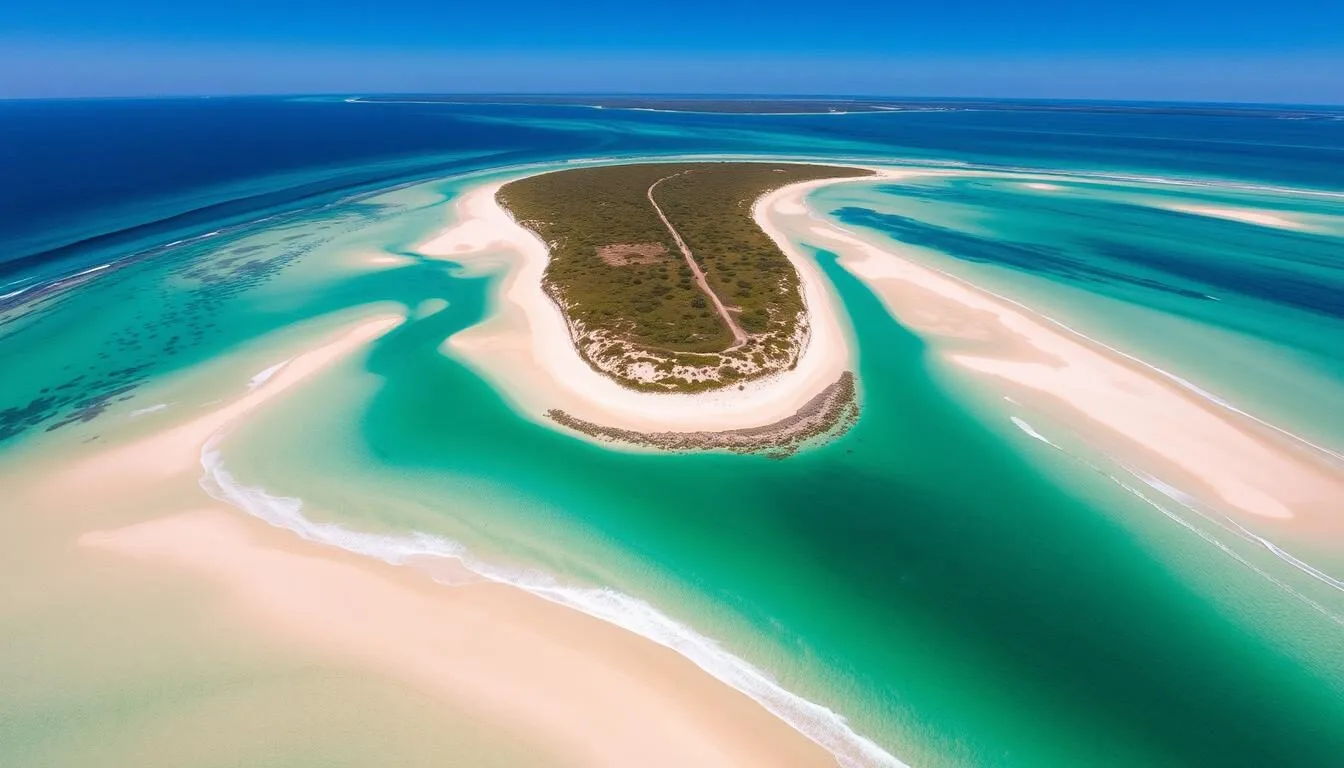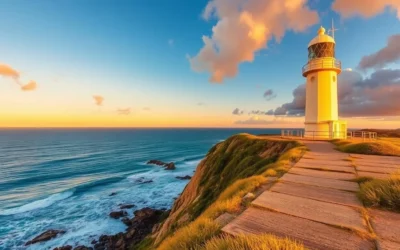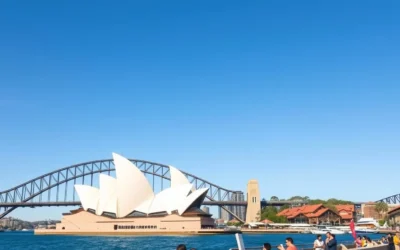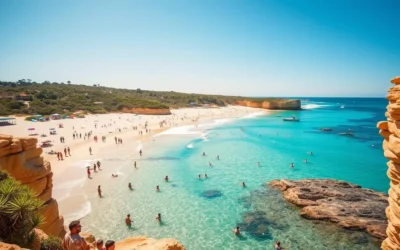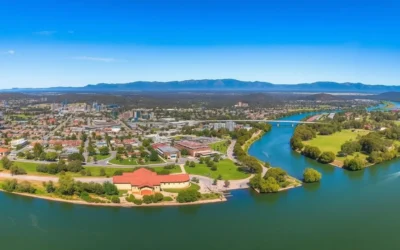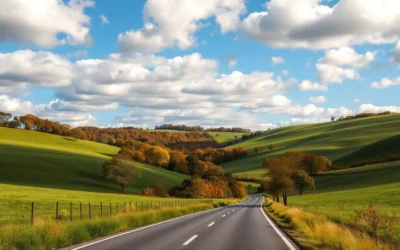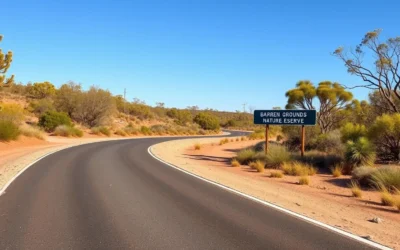Did you know that Broulee Island Nature Reserve isn’t actually an island most of the time? Connected to the mainland by a permanent sand spit, this 42-hectare coastal gem offers one of Australia’s most accessible nature experiences where you can walk from beach to “island” without getting your feet wet. Located on the stunning South Coast of New South Wales, this natural paradise combines pristine beaches, fascinating history, and diverse ecosystems in one compact reserve.
Getting There & Planning Your Journey
Broulee Island Nature Reserve is located approximately 300 km (186 mi) south of Sydney and 150 km (93 mi) east of Canberra. The reserve sits at the southern end of Broulee Beach in the Eurobodalla region of the NSW South Coast.
By Car
The drive from Sydney takes around 4 hours via the Princes Highway (A1), while from Canberra it’s just over 2 hours via Kings Highway (B52). From Batemans Bay, it’s a quick 20-minute drive south. Having your own vehicle is ideal for exploring the surrounding areas.
Need a rental car for your trip?
Find the best deals on rental cars to explore Broulee Island and the surrounding South Coast region.
By Air
The closest airport is Moruya Airport, just 10 km (6.2 mi) away. Regional Express operates direct flights from Sydney to Moruya five days a week. From the airport, you can take a taxi or rent a car to reach Broulee Island Nature Reserve.
Book your flights
Check for available flights to Moruya Airport for your Broulee Island adventure.
Best Time to Visit & Weather Tips
Broulee Island Nature Reserve enjoys a temperate coastal climate with mild temperatures year-round, making it a great destination in any season. However, each period offers different experiences:
Summer (Dec-Feb)
Peak season with warm temperatures averaging 22-26°C (72-79°F). Perfect for swimming, snorkeling, and beach activities. Expect more visitors during this time, especially during school holidays.
Autumn/Spring (Mar-May/Sep-Nov)
Ideal for walking and exploring with comfortable temperatures between 17-22°C (63-72°F). Spring brings wildflowers, while autumn offers more tranquility with fewer tourists.
Winter (Jun-Aug)
Cooler but still mild at 12-17°C (54-63°F). The best time for whale watching (May-November) as humpback whales migrate along the coast. Fewer crowds make for peaceful exploration.
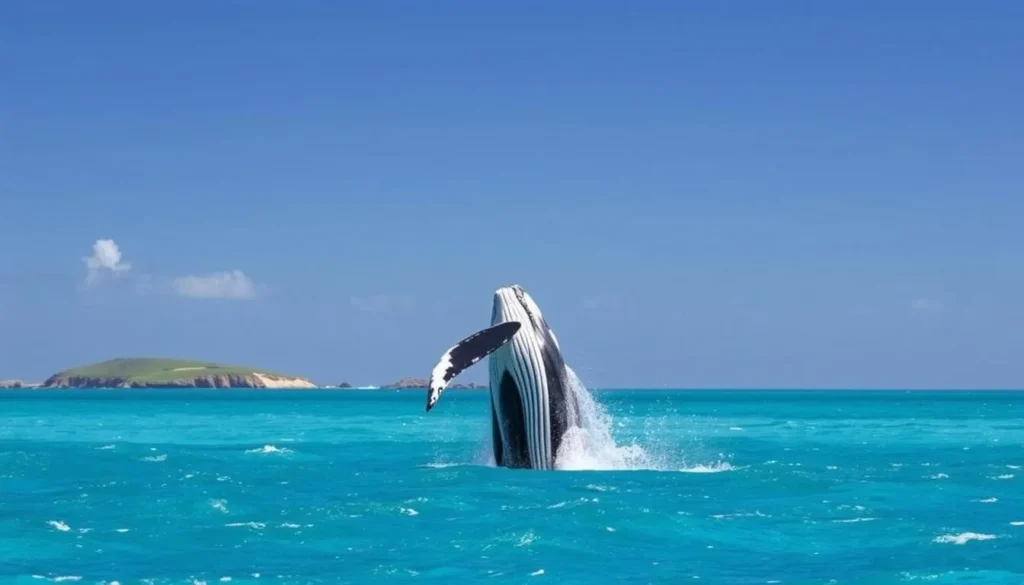
Ready to explore Broulee Island?
Book your perfect accommodation now to secure the best spots during your preferred season.
Top Things to Do at Broulee Island Nature Reserve
Broulee Island Nature Reserve offers a diverse range of activities for nature lovers, adventure seekers, and those simply looking to relax in a beautiful coastal setting. Here are our top picks for the best things to do:
1. Walk the Island Circuit Trail
The 4 km (2.5 mi) walking trail around Broulee Island is the reserve’s signature experience. This easy-to-moderate loop takes you through diverse coastal habitats, offering stunning ocean views, fascinating geology, and abundant birdlife. The trail takes approximately 1-1.5 hours to complete at a leisurely pace.
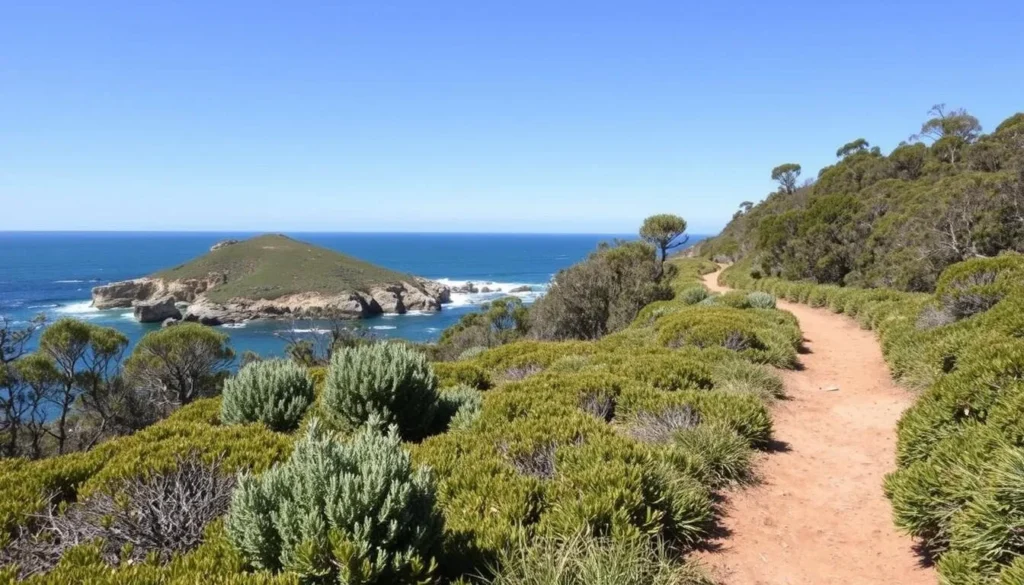
2. Explore the Rock Platforms
The northern side of the island features extensive rock platforms that are perfect for exploring during low tide. These natural pools teem with marine life including colorful starfish, sea urchins, crabs, and small fish. Bring water shoes and a camera to capture the vibrant underwater world.
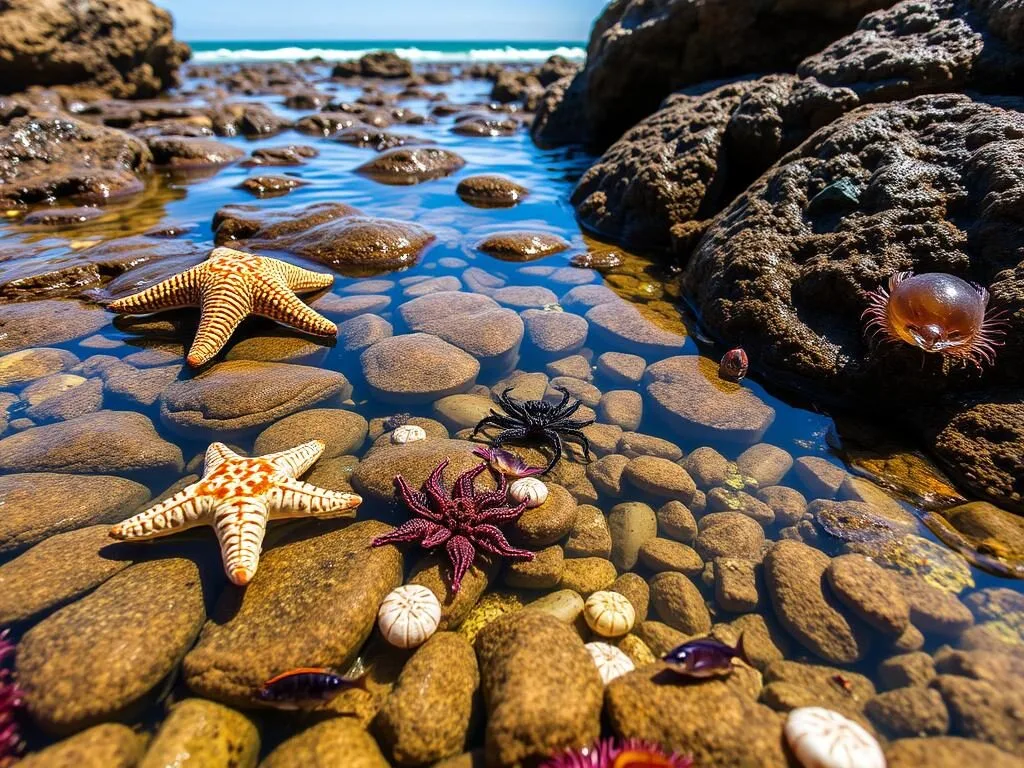
3. Whale Watching
From May to November, Broulee Island becomes one of the best land-based whale watching spots on the South Coast. The elevated headland provides excellent vantage points to spot humpback whales during their annual migration. Bring binoculars for the best experience.
4. Swimming and Snorkeling
The protected beaches around Broulee Island offer excellent swimming conditions, particularly at North Broulee Beach and Shark Bay (which, despite its name, is perfectly safe). The crystal-clear waters around the island’s rocky edges provide fantastic snorkeling opportunities with abundant fish and marine plants.
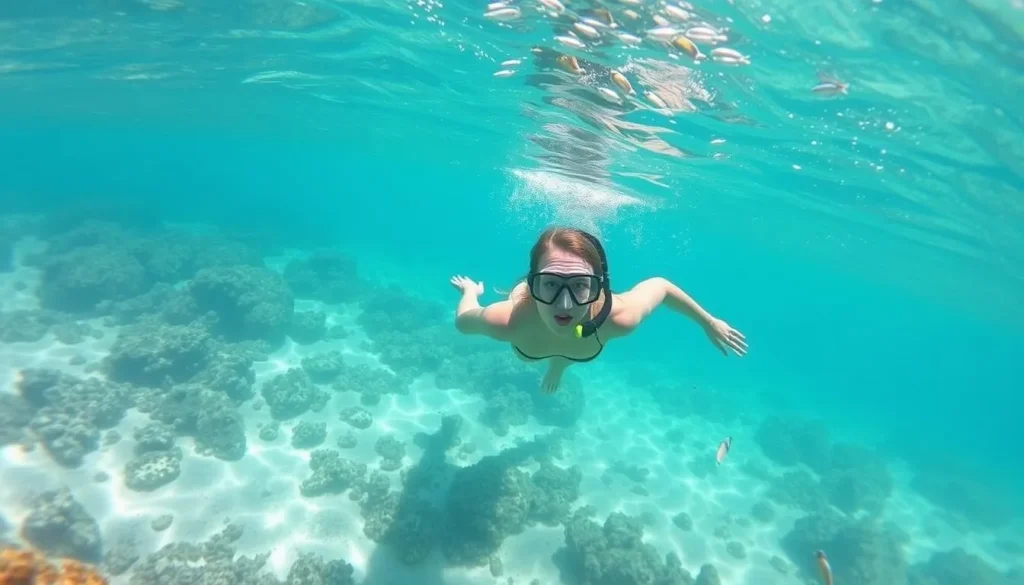
Enhance your Broulee experience
Book guided tours and activities to make the most of your visit to Broulee Island Nature Reserve.
5. Surfing
Broulee offers surfing options for all skill levels. North Broulee Beach is perfect for beginners with its gentle waves and sandy bottom, while South Broulee offers more challenging breaks for intermediate surfers. For experienced surfers, Pink Rocks on the northern side of the island provides exciting right-hand breaks.
6. Birdwatching
The island’s diverse habitats support a rich variety of birdlife. Keep an eye out for white-bellied sea eagles soaring overhead, superb fairy-wrens darting through the undergrowth, and various shorebirds along the beaches. Early morning is the best time for birdwatching.
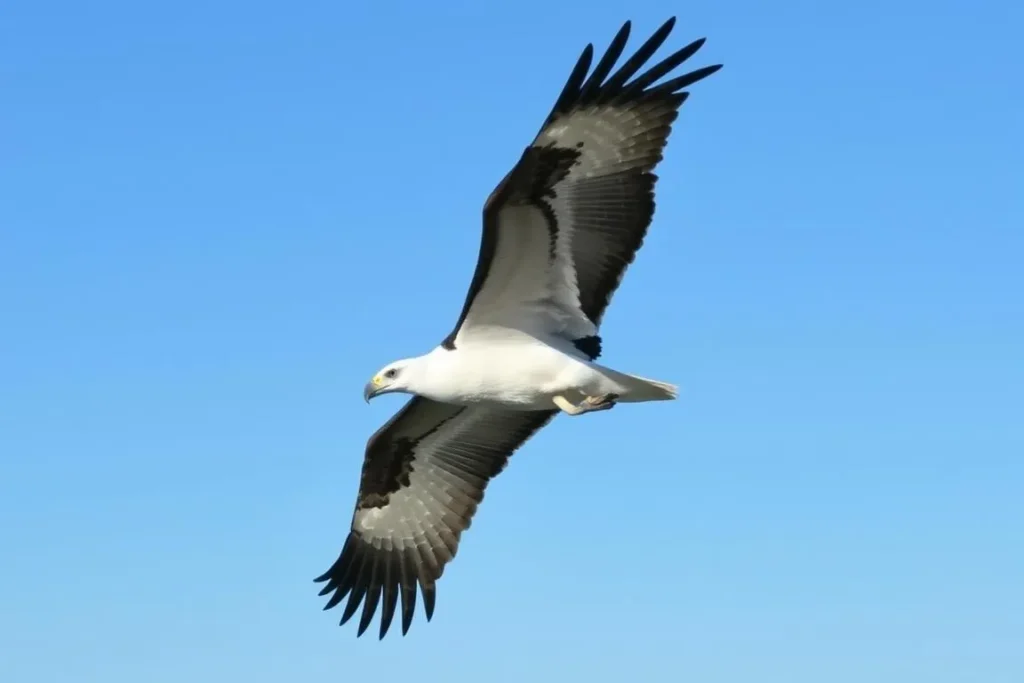
7. Photography
From dramatic coastal landscapes to intimate nature details, Broulee Island is a photographer’s paradise. The golden hours of early morning and late afternoon provide the most magical light for capturing the island’s beauty. Don’t miss the sunrise from the eastern side of the island.
History and Cultural Significance
Broulee Island has a rich and fascinating history that adds depth to your visit. Understanding this background enhances appreciation of this special place.
Aboriginal Heritage
The Broulee area holds significant cultural importance for the Yuin people, the traditional custodians of this land. The island and surrounding waterways provided abundant food resources, including fish, shellfish, and native plants. Evidence of this long connection can be seen in the shell middens found on the island.
European Settlement
Broulee was the first port established in the Eurobodalla region, gazetted in 1837 with land sales beginning in 1840. In 1841, it became the center of a police district covering from Jervis Bay to Eden. Captain William Oldrey built the district’s first inn, named Erin-Go-Bragh, on the northern end of what is now the island.
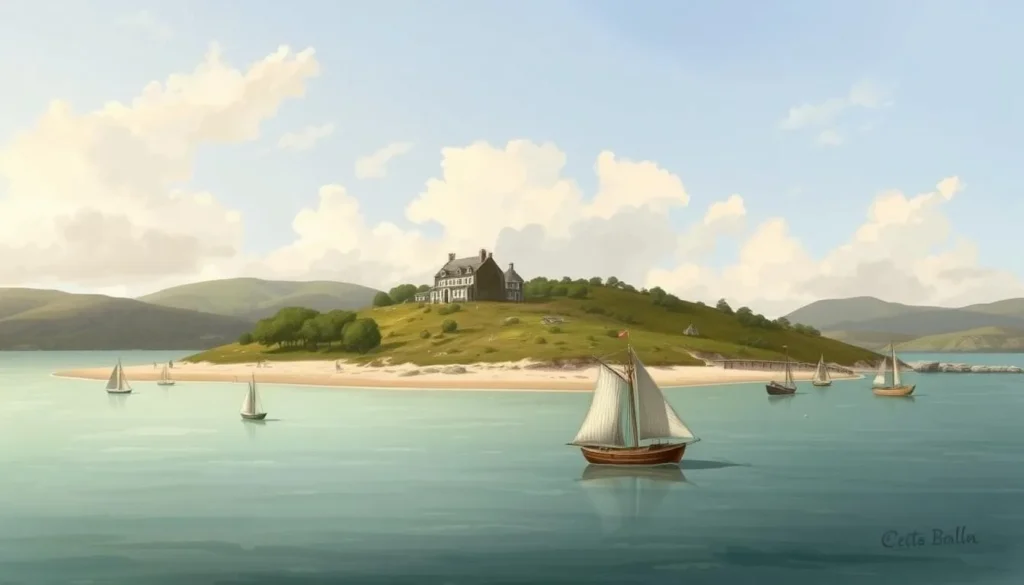
From Peninsula to Island
Interestingly, Broulee Island wasn’t always an island. Originally a peninsula connected to the mainland by a vegetated sand spit, it became an island in 1873 when vegetation was cleared to widen the track, destabilizing the dunes. After a severe storm, the sea broke through, creating an island. Today, natural processes have reconnected it to the mainland via a sand bar.
As you walk around the island, you can still find traces of its past, including remnants of the old hotel site and evidence of the short-lived port operations. The island was declared a Nature Reserve in 1972, protecting its natural and cultural values for future generations.
Practical Travel Tips
Where to Stay
While there’s no accommodation on Broulee Island itself, the nearby town of Broulee offers various options:
- The Bower at Broulee – Stylish cottages perfect for couples
- Broulee Beach Holiday Park – Family-friendly cabins and camping
- Beach houses and holiday rentals – Many options available for all budgets
- Nearby towns of Moruya and Batemans Bay – Additional accommodation choices
Find your perfect stay
Browse and book accommodations near Broulee Island Nature Reserve.
Dining Options
Broulee and surrounding villages offer several dining options:
- South Brou Café at the Broulee Surf Lifesaving Club – Great fish and chips
- The Mossy Cafe in Mossy Point – Popular for coffee and healthy meals
- Killibinbin Café – Local favorite for breakfast and lunch
- Single Fin Canteen and Goods – Casual dining with ocean views
- Smokey Dan’s in Tomakin – Australian smokehouse with burgers and pizzas
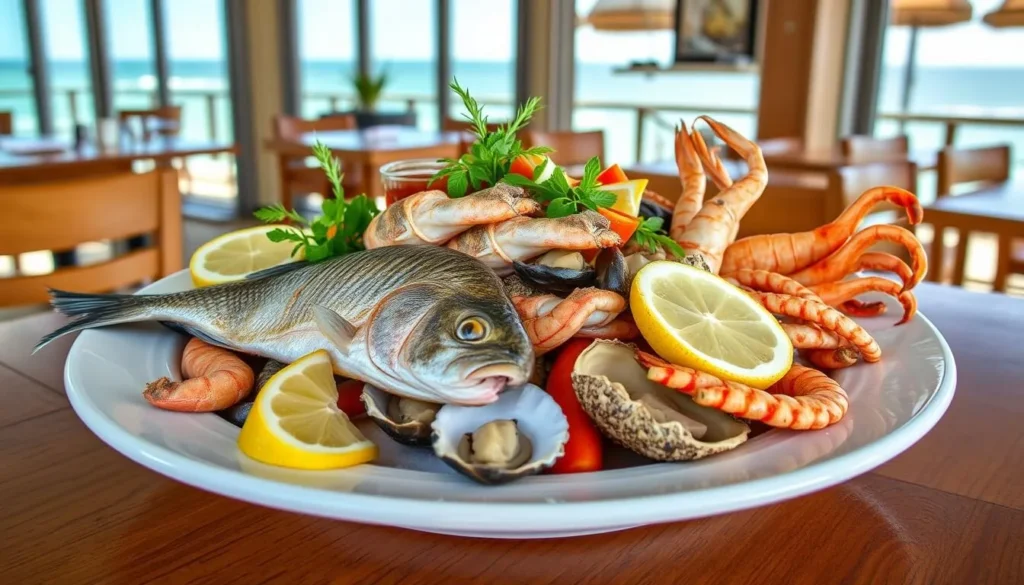
Essential Packing List
For Walking & Exploring
- Comfortable walking shoes
- Hat and sunglasses
- Sunscreen (SPF 50+)
- Water bottle (no drinking water on the island)
- Binoculars for whale and bird watching
- Camera
For Beach Activities
- Swimwear and towel
- Snorkeling gear
- Water shoes for rock platforms
- Beach umbrella or shelter
- Insect repellent
- First aid kit
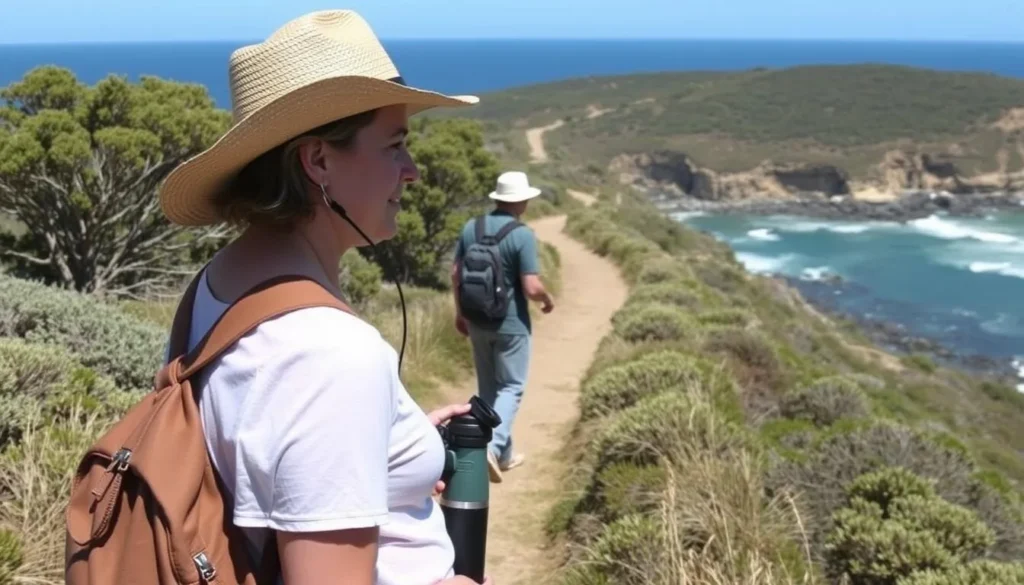
Safety Information
While Broulee Island Nature Reserve is generally safe to visit, keep these tips in mind:
- Check tide times before walking around the island – some sections may be impassable at high tide
- Always swim between the flags at patrolled beaches
- Be careful on rock platforms, especially during rough seas
- Carry sufficient water as there are no facilities on the island
- Apply sunscreen regularly, even on cloudy days
- Stay on marked trails to protect sensitive vegetation
- Take all rubbish with you when leaving
Nearby Attractions
While Broulee Island Nature Reserve is a destination in itself, the surrounding area offers plenty more to explore:
Mossy Point & Tomakin
Just north of Broulee, these charming villages offer beautiful beaches, the crystal-clear Tomaga River for kayaking, and excellent fishing spots. Don’t miss Candlagan Creek, a perfect swimming spot for families.

Moruya
This historic town 10 km (6.2 mi) away features a charming riverside setting, weekly farmers markets (Tuesdays), and access to Moruya Heads with its spectacular coastal views and walking trails.
Batemans Bay
The largest town in the region, 20 minutes north, offers more extensive shopping, dining options, and attractions including Birdland Animal Park and the Eurobodalla Regional Botanic Gardens.
Explore more of the South Coast
Book guided tours to discover the best attractions around Broulee Island.
Plan Your Broulee Island Adventure
Broulee Island Nature Reserve offers a perfect blend of natural beauty, fascinating history, and outdoor activities that make it one of the South Coast’s most rewarding destinations. Whether you’re walking the island circuit, exploring tidal rock pools, or simply relaxing on pristine beaches, this coastal gem delivers an authentic Australian nature experience.
With its accessibility, diverse attractions, and year-round appeal, Broulee Island Nature Reserve deserves a place on your New South Wales travel itinerary. Pack your walking shoes, camera, and sense of adventure – the island’s natural wonders are waiting to be discovered.
Ready for your Broulee Island adventure?
Start planning your perfect getaway to this coastal paradise today.
The above is subject to change.
Check back often to TRAVEL.COM for the latest travel tips and deals.
